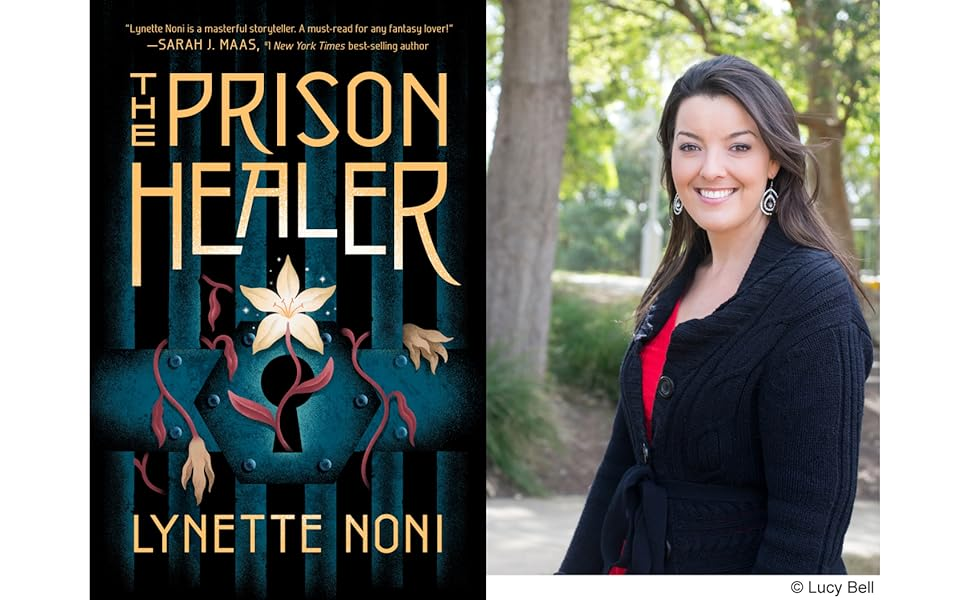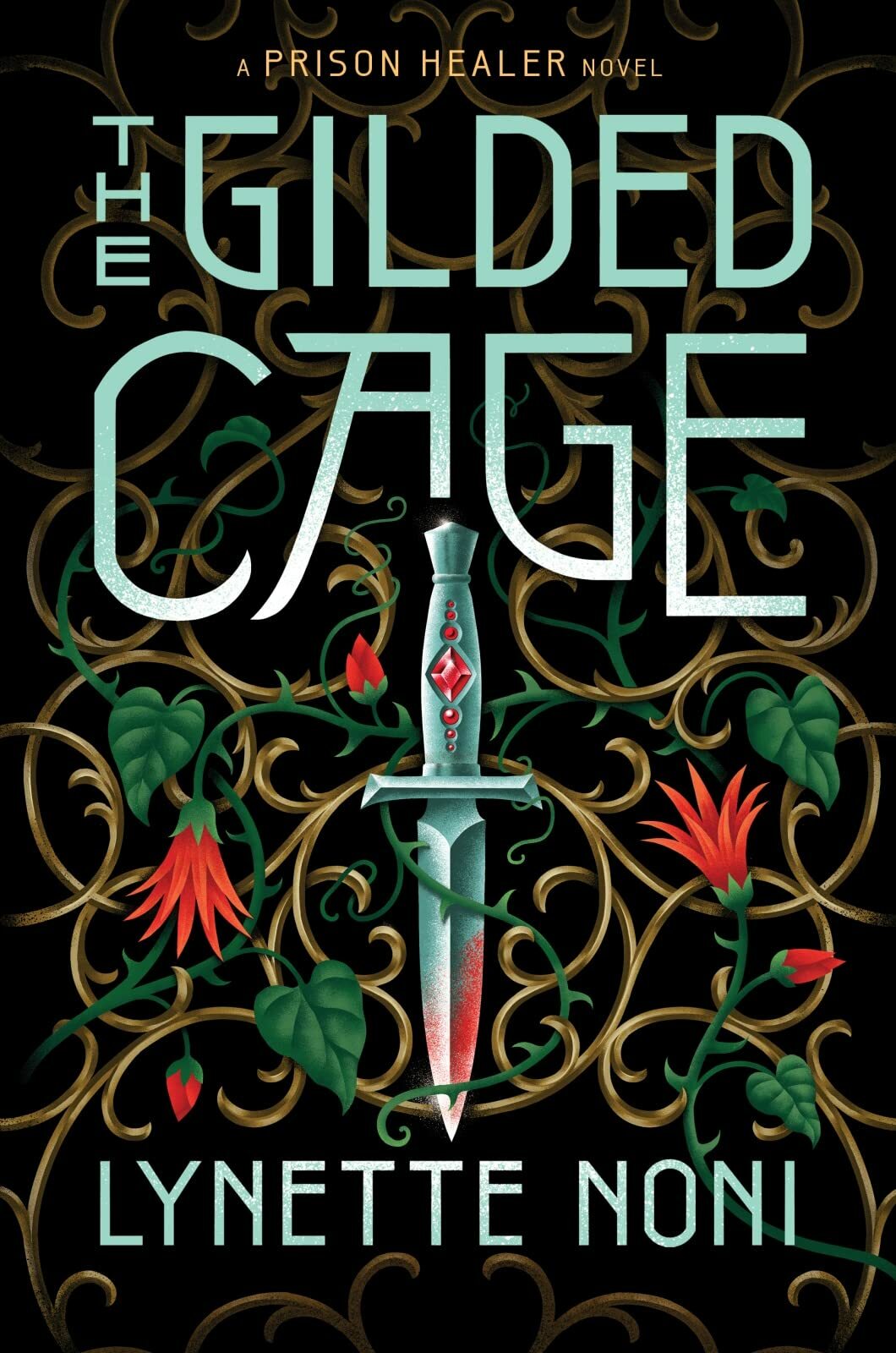
Author Lynette Noni discusses her new book, THE PRISON HEALER, and what she hopes readers will take away
What was the inspiration behind the series?
In early 2019 I was travelling overseas and I met a young woman who had grown up in a war-torn impoverished country. When she was a teenager, her father had been seen shaking hands with a member of an opposing religious faction, and because of that, her entire family had been sent to prison—for five years.
The injustice of her tale remained with me long after our brief meeting, as did her survival mentality during the most horrific years of her life. She inspired me, reminding me of how little I know of the world outside of my own safe, comfortable bubble.
A few months later, I visited Fremantle Prison in Western Australia, which is now a heritage site and open for tours. This prison has an entire underground tunneling network where the inmates were forced to labour for hours on end, digging the passageways in order to supply water for the nearest township. I walked through those tunnels and, in some cases, paddled a canoe through the ones that are still partially submerged. It was an unforgettable experience, enough that when I left, a story began to take root in my mind: a story of injustice, of facing the odds time and time again and doing whatever was required to survive—at any cost.
And so, The Prison Healer was born.
The magic in this world is mostly based on the elements—fire, earth, air, water. What would your power be, if you could choose?
Whenever someone asks me what superhero power I’d like to have, I always answer that I’d love to be able to fly. So for that reason alone, if I could have control over one elemental magic, I’d have to choose “air.”
Kiva and her family communicate in code, and you developed a whole code for this book. Tell us a bit about how you came up with it.
When I was at university, my best friend and I came up with a substitution code very similar to “Kiva’s Code” that we used to write letters to each other, and it became a bit of a competition to see who could memorize it first and not need a cypher to write or read those letters. It was our very own language, something only we two understood. When I began writing The Prison Healer, I knew I wanted Kiva to be able to communicate with her family in the outside world, but that they’d have to be careful in case anyone intercepted their messages. It was therefore a natural leap for me to invent a new substitution code and incorporate it into the book.
Tell us a bit about your writing process. Is it true you wrote the first draft of the Prison Healer in less than a month…how did you do it?
That is true, but I wouldn’t recommend it to anyone! I tend to write books really fast, partly because I have a terrible memory and if I take too long during the drafting, I forget what I’ve already written, and partly because—especially in the case of The Prison Healer—I’m always so excited to find out what happens next. But writing an entire novel in such a short period of time does take its toll on me mentally and physically, so I’m always careful to have a well-earned break afterwards to reconnect with the world (and assure my family and friends that I’m alive).
What do you hope readers will take away from The Prison Healer?
The world of Zalindov is dark and gritty and desperate. But despite that, Kiva’s story is filled with courage and strength and a determination that I hope every reader can relate to, in some way. A determination to never give up, no matter how trapped we might feel in circumstances beyond our control. And a reminder that, no matter how dark our world, there can always be moments of light, if we’re willing to look for them; if we’re willing to let them in. That’s what I hope readers will take away from The Prison Healer: hope and light, and the courage to keep on surviving.











